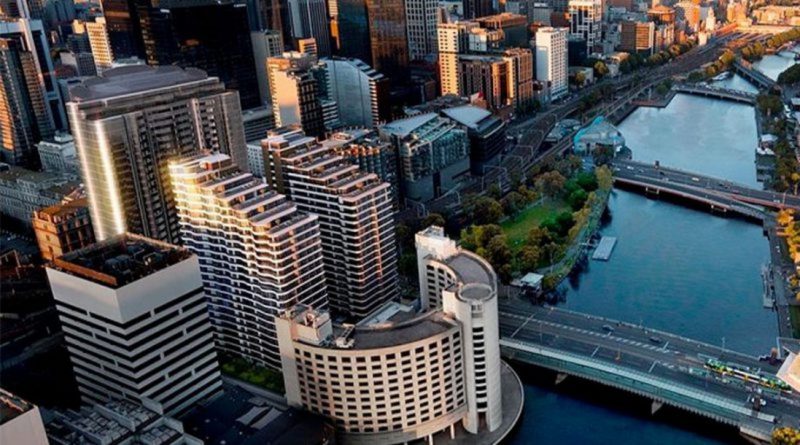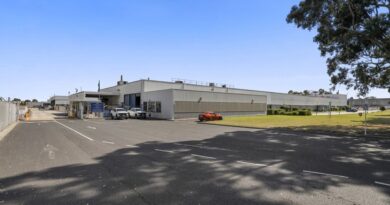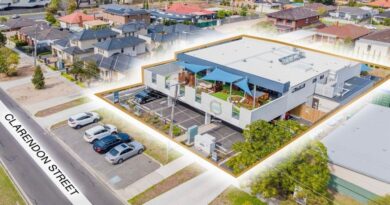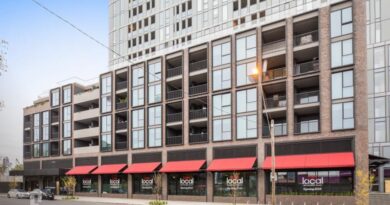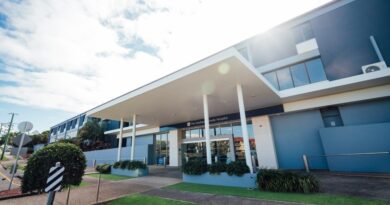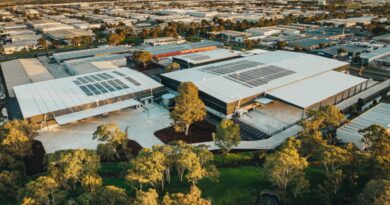Private developers, lenders, keeping the market humming

Felicity Fowler, Teena Lynch and Stella Rosenthal bring a lot to a conversation about real estate.
The development executives – specialists in the private lending sector – know the industry is complex, with many variables – and that the gain you might be reading about affecting one sector is likely to be matched by pain suffered by an investor in another.
A round-table interview quickly dispels some of the myths in property and lending circles, amongst them:
Developers are having trouble getting finance.
Maybe a few years ago. In fact, the private lending market is competitive, particularly for residential development where new apartment launches halved in 2019 compared to the prior year, Ms Rosenthal, Monark Property Partners chief operating officer, said.
Despite there being fewer transactions to finance, more capital is coming into the market, the executive added.
Builders need to have sold out of a project before a bank will lend to them for construction.
Wrong. Even most conservative banks may be willing to fund with pre-sales debt cover of between 80-100 per cent. However in the private lending sector which is much more flexible, a developer might find they can get finance without selling down one dwelling.
“In the current market developers are able to finance projects with pre-sales anywhere from as low as zero to 30 per cent of debt cover,” Ms Rosenthal added.
Is Sydney and Melbourne’s apartment market oversupplied?
Thankfully not. Apartment values might not rise at the same pace as houses on land, and there might be examples of cycles where vendors sell units for less what they paid – particularly in Melbourne, in pockets of the CBD and Docklands.
From a supply perspective, however, when cross-checked against the numbers demographers and planners anticipate need to live in these cities, and Brisbane, we are headed for a shortage.
Worst, existing properties especially in desirable areas could become more expensive to rent and buy moving forward – affecting land values and making it costlier for developers to deliver projects.
Several industry-issues were discussed for podcasts recorded ahead of International Women’s Day 2020.
Thanks to the interviewees for sharing their time and experiences.
You can hear the podcast with more detail to the below, here.
Private lending sector backdrop
Despite competition from offshore financiers and a greater confidence by Australia’s major banks to fund property construction – many developers deal now with private lenders, which are often backed by institutions or wealthy families.
At the minute, the private lending field is competitive.
This suits developer clients – particularly ones which have concluded that holding onto a property waiting for cheaper finance will cost more than getting a project completed sooner.
“At the end of the day, time delays put pressure on a project’s return,” Ms Lynch, capital and acquisitions manager with Deal Corp, said.
Good private lenders are flexible and supportive
Clients might pay for the privilege of a private lender loan, in the way of a higher than average interest rate, or application and exit-fees, but for that price, they also get a service.
Far from being rigid – many experience private lenders to be flexible and supportive.
Developers can face many hurdles in delivering a project, Ms Lynch said. Experienced lenders recognise the market is uncertain, and there are many variables, and other solutions to high pre-sale debt cover need to be thought up.
Lenders might need to, without notice, come up with other solutions for clients, “including managing debt if they don’t have 100 per cent cover”, the executive added.
Ms Rosenthal added that private lenders can provide debt cover for apartment projects in some cases when no off-the-plan sales have occurred.
“Funding from a private lender can mean a project can start construction much earlier than if a developer waited to get the pre-sales necessary for bank funding.
“Private lenders will often provide greater leverage and more flexible terms than a traditional bank”.
Interestingly, Ms Fowler, distribution director for Pallas Capital, Ms Lynch and Ms Rosenthal agree, when funding is secure, and construction is underway, developers find that apartments sell quicker because prospective buyers are confident the product will be delivered on time.
Off-the-plan drivers
When asked about the off-the-plan campaigns of their clients, the executives said:
- Foreign investors which were driving the Melbourne apartment market 10 years ago, are gone, no thanks to government moves in recent years to, amongst other things, remove stamp duty concessions and increasing Foreign Investment Review Board duties 8 per cent (to 13.5 per cent all up);
- Until there is a shift with taxing foreign investors for real estate, demand from that buyer group will stay soft;
- Domestically, there was a slow down in off-the-plan apartment sales, consistent with the residential real estate downturn from late 2017, until mid-2019;
- Owner occupiers:
- are the key drivers of apartment demand now. Within that, downsizers are increasingly looking for medium and high-density stock;
- take longer to make a purchasing decision, and that choice is much more emotional;
- are generally nervous about buying off-the-plan. Projects sell out quicker once a developer can provide completion certainty.
Ms Fowler said some of the foreign investment taxation measures introduced by the government to cool the apartment market were aggressive – and it has a task, now, of encourage those buyers back.
“That would be the first place I’d like to see government support,” the executive said.
Providing incentive for the burgeoning ‘build-to-rent’, and ‘build-to-rent-to-sell’ sectors, is another.
The Urban Development Institute of Australia has been warning of a housing undersupply for years: in 2017 it said Melbourne could have a shortfall of about 50,000 by now.
We are significantly off even those numbers now, Ms Fowler said.
The consequence, the executive added, will be rising rents and capital values.
Build to rent
Ms Lynch said incentives need to be provided for private developers to deliver build to rent product.
A buzz word in Australia increasingly since 2018, the concept is tried and tested in the more populated United Kingdom and United States.
Essentially, a BTR project is one completed for a landlord (often an institutional investor), specifically with the intent of renting the individual units, rather than selling them.
The dwellings are managed by specialist operators (ie, property managers).
Ms Lynch said the BTR model is one of the most obvious short-term solutions to deal with the looming rental housing shortfall.
“But if government wants private sector to deliver, it needs to make it attractive,” the executive said.
Legislative tax changes which make the BTR model viable should be considered, with the momentum for the sector building the way it is, Ms Lynch added.
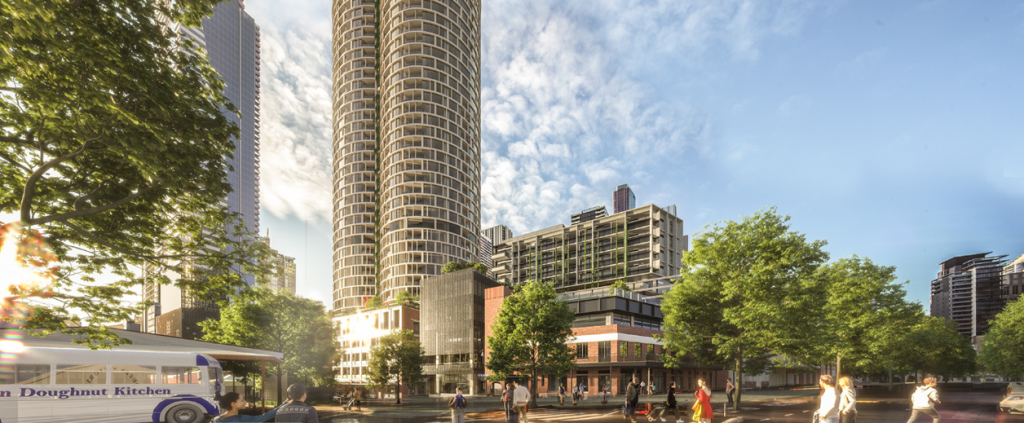
Since last year in Melbourne, Mirvac has acquired three inner city sites for BTR initiatives (one pictured above, for a site neighbouring Melbourne’s Queen Victoria Market. In January it picked up another – image, top – at the south west edge of the CBD).
Grocon, with the backing of GIC, formerly known as the Government of Singapore Investment Corporation, in December acquired a 1.5 hectare North Melbourne site with the intention of building a master planned residential village with BTR components.
Qualitas recently seeded a $1 billion fund (the Qualitas Build-to-Rent Impact Fund, or QBIF) to hold BTR investments.

